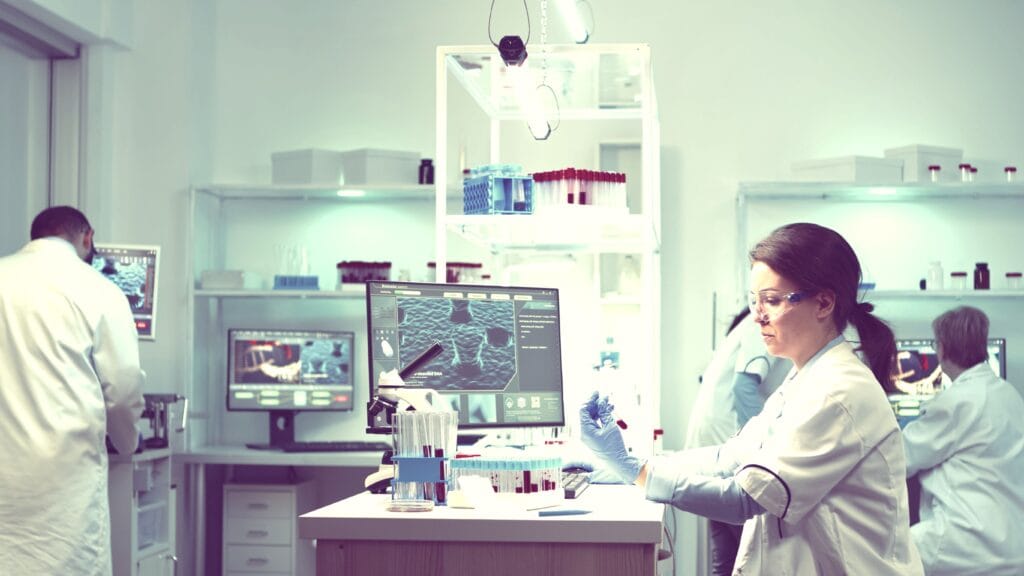Diagnostic laboratories are the backbone of modern healthcare, playing a critical role in disease detection, prevention, and management. However, managing the day-to-day operations of diagnostic labs has traditionally been a complex and manual process, involving sample tracking, report generation, compliance, and inventory management. With the advent of Laboratory Information Management Systems (LIMS), diagnostic labs are now embracing technology to streamline operations, improve efficiency, and deliver better patient outcomes. This case study explores how LIMS solutions are revolutionizing the operations of diagnostic laboratories.
Challenges in Traditional Diagnostic Lab Operations
Diagnostic labs have long faced several operational challenges, including:
Manual Data Entry: Prone to errors and time-consuming.
Sample Tracking: Difficulty in tracking and managing samples across different stages.
Compliance Requirements: Ensuring adherence to stringent regulatory standards.
Report Accuracy and Turnaround Time: Delays in generating accurate reports.
Inventory Management: Inefficient tracking of reagents and consumables.
Scalability Issues: Struggles in handling high sample volumes during peak periods.
These challenges have underscored the need for technology-driven solutions to modernize lab operations and enhance productivity.
The Role of LIMS in Diagnostic Labs
Laboratory Information Management Systems (LIMS) are software platforms designed to manage and streamline the workflow of diagnostic labs. By automating and digitizing key processes, LIMS solutions address the inefficiencies of traditional lab operations. Key functionalities include:
Sample Management: End-to-end tracking of samples from collection to reporting.
Data Integration: Seamless integration with lab equipment for automated data capture.
Workflow Automation: Standardizing procedures to improve consistency and reduce human error.
Regulatory Compliance: Built-in features to meet compliance with standards like NABL, CAP, and ISO.
Inventory Control: Real-time monitoring of consumables and reagents.
Reporting and Analytics: Automated generation of test reports and actionable insights.

Key Benefits of LIMS for Diagnostic Labs
- Data Accuracy: Minimizing human errors ensures reliable test results.
- Operational Efficiency: Automating routine tasks allows lab staff to focus on more critical activities.
- Scalability: Labs can efficiently manage increased workloads without compromising quality.
- Regulatory Compliance: Simplifies adherence to national and international standards.
- Cost Savings: Reduced wastage of reagents and optimized resource utilization.
Future of LIMS in Diagnostic Labs
As the healthcare industry continues to evolve, LIMS solutions are expected to integrate advanced technologies such as:
Artificial Intelligence (AI): Enhancing diagnostics through predictive analytics.
Blockchain: Ensuring data security and traceability.
Cloud Computing: Enabling remote access and scalability.
IoT Integration: Connecting lab instruments for real-time monitoring and data capture.
LIMS solutions are transforming diagnostic labs by addressing operational inefficiencies and enhancing the quality of services. The case of ABC Diagnostics highlights how adopting LIMS can lead to measurable improvements in efficiency, compliance, and customer satisfaction. As technology continues to advance, LIMS will remain a cornerstone in the modernization of diagnostic laboratories, paving the way for a more efficient and patient-centric healthcare ecosystem.
